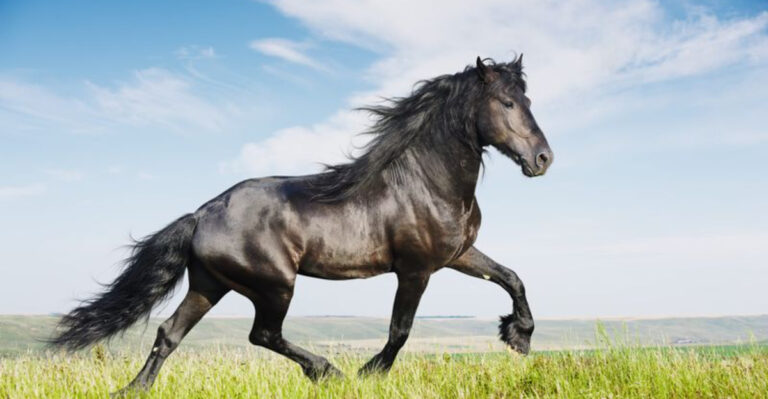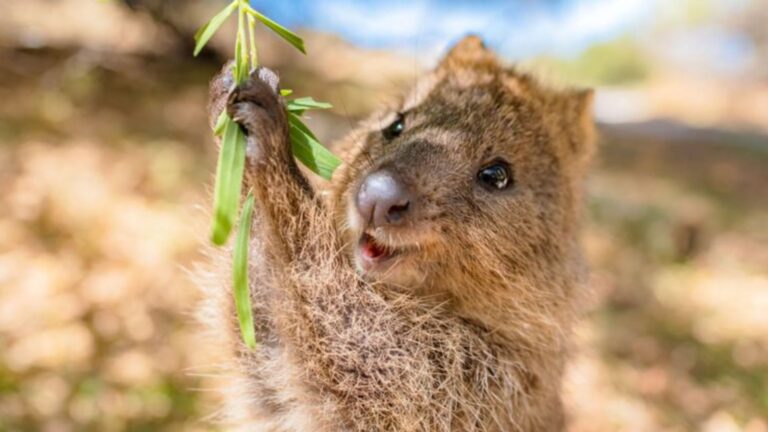13 Incredible Animals That Will Do Anything To Stay Alive
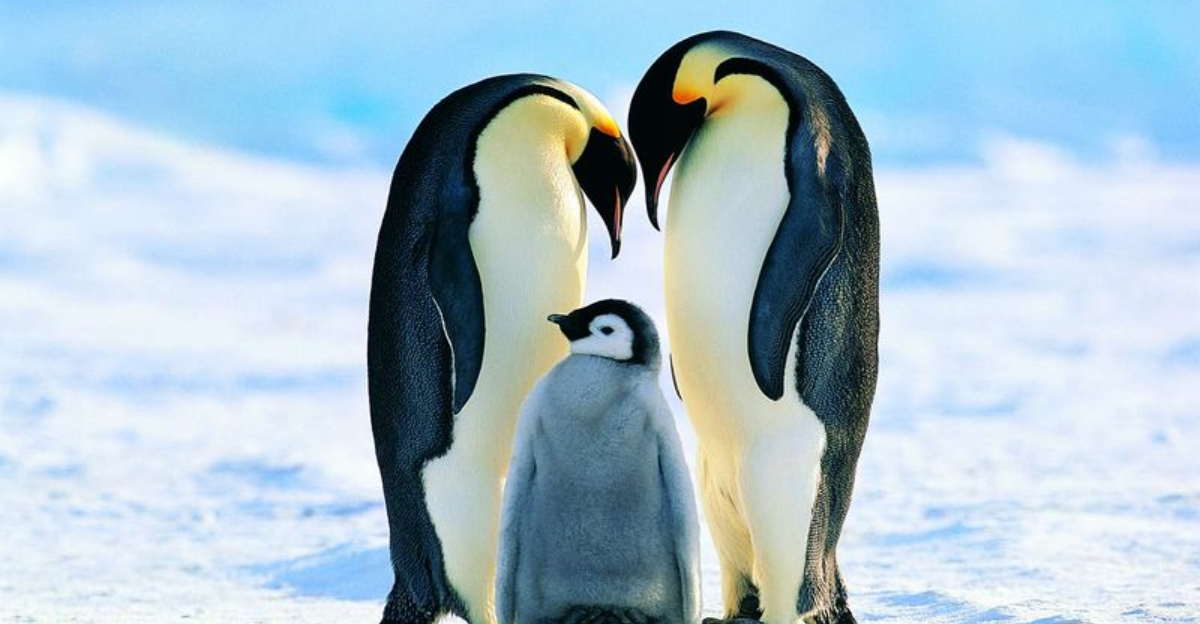
In the grand theater of life, certain animals have taken survival to an art form.
These remarkable creatures go to extraordinary lengths to ensure their continuation against all odds.
From microscopic wonders to majestic birds, their stories of endurance showcase nature’s ingenuity and determination.
1. Tardigrades
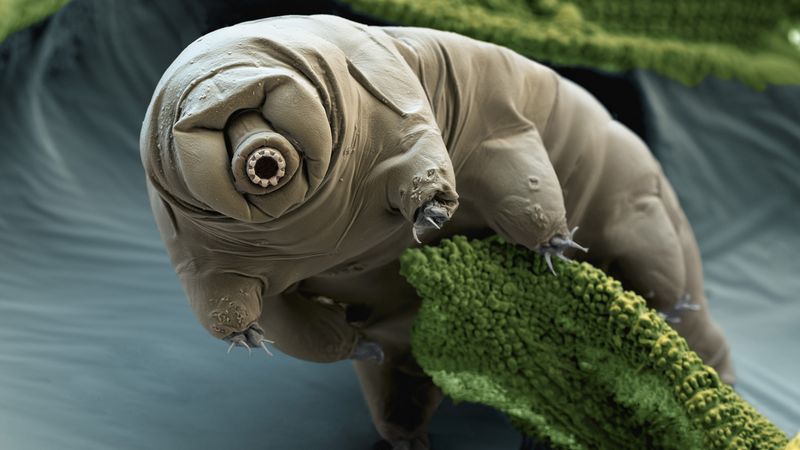
This tiny creature, also known as a water bear, is an indomitable survivor, capable of withstanding extreme conditions.
Entering a state known as cryptobiosis, tardigrades can survive without water, endure radiation, and even live in the vacuum of space. Their resilience is unmatched in the animal kingdom.
In this state, they curl up into a tun and shut down their metabolism. This remarkable ability allows them to pause life and resume it when conditions improve, a true testament to survival ingenuity.
2. Crocodiles
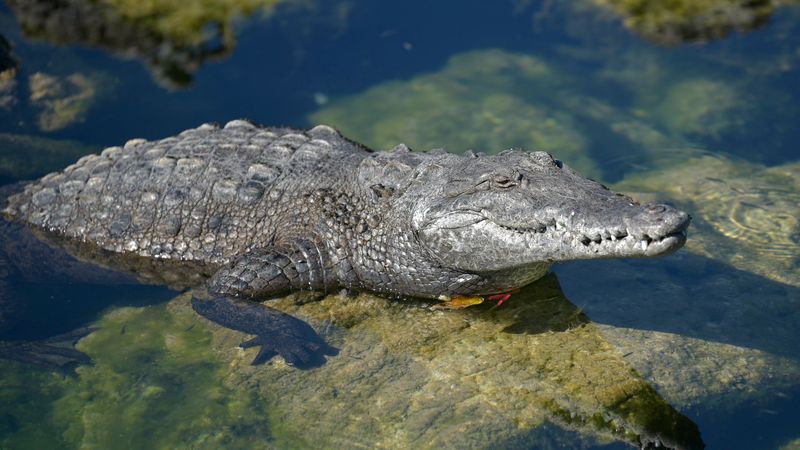
When it comes to resilience, crocodiles are the ultimate survival experts. These ancient reptiles boast an impressive ability to endure harsh environments.
Known for surviving extended periods without food, they can thrive in both fresh and saltwater. Their efficient metabolism is a marvel of evolution.
Crocodiles can regulate their body temperature and conserve energy, making them masters of the survival game. With their prehistoric lineage, they’ve perfected the art of endurance over millions of years.
3. Wood Frogs
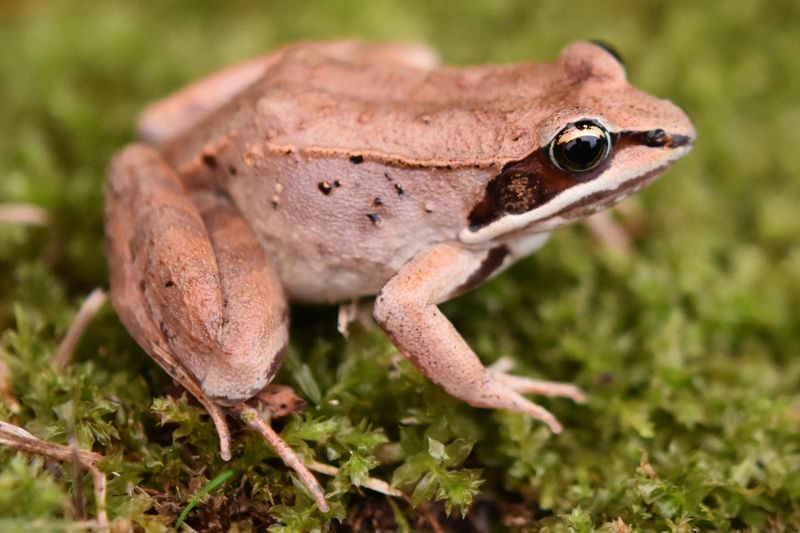
The wood frog has a unique talent for surviving freezing temperatures, a feat few animals can boast. By producing a natural antifreeze, it can freeze solid during winter and thaw out unharmed in spring.
This adaptation is a life-saving strategy in frosty environments. The frog’s ability to endure such extreme conditions is nothing short of miraculous.
Its organs cease to function in the cold, yet upon thawing, the wood frog returns to life as if nothing happened.
4. Saharan Silver Ants
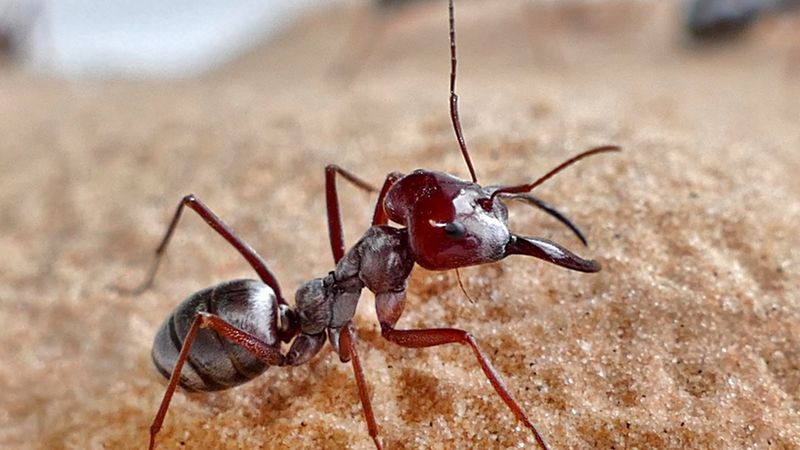
In the scorching heat of the desert, Saharan silver ants thrive where others fail. These ants have adapted to move during the hottest part of the day when predators are scarce.
Their shiny silver hairs reflect sunlight, keeping them cool and active. This remarkable adaptation allows them to forage efficiently.
By exploiting the extreme heat, they avoid competition and predators, showcasing a daring survival strategy. Their resilience in such an inhospitable environment is truly astounding.
5. Kangaroo Rats
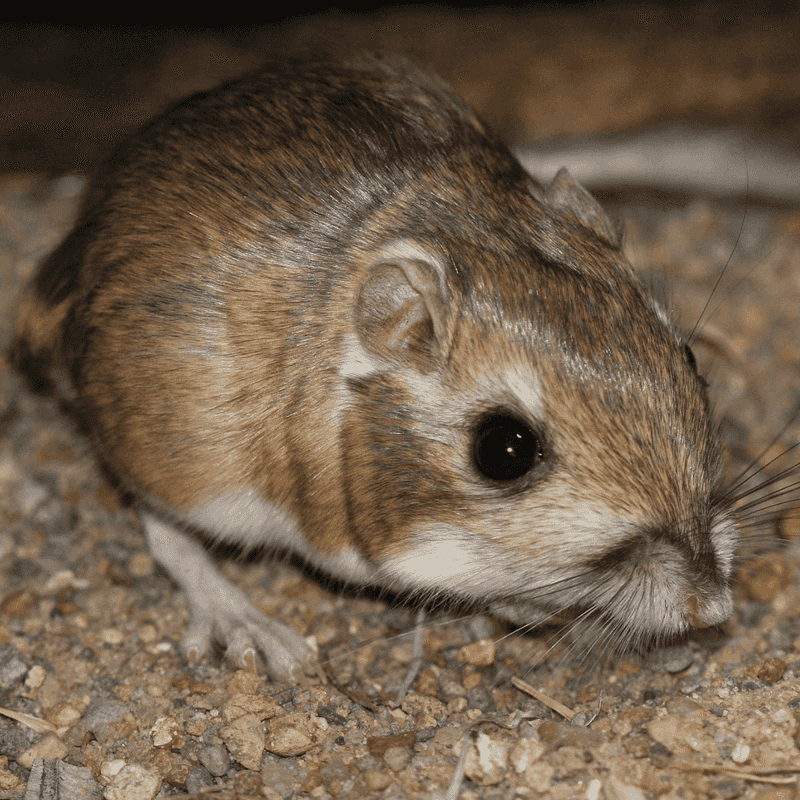
Kangaroo rats are masters of desert survival, thriving without direct water intake. They extract moisture from the seeds they consume, a clever adaptation to arid conditions.
With specialized kidneys, they conserve water and produce highly concentrated urine. These rodents have turned water conservation into an art form.
Their nocturnal lifestyle helps avoid the heat, further conserving precious moisture. The kangaroo rat’s ability to live without drinking is a testament to its extraordinary adaptability.
6. Bombardier Beetles
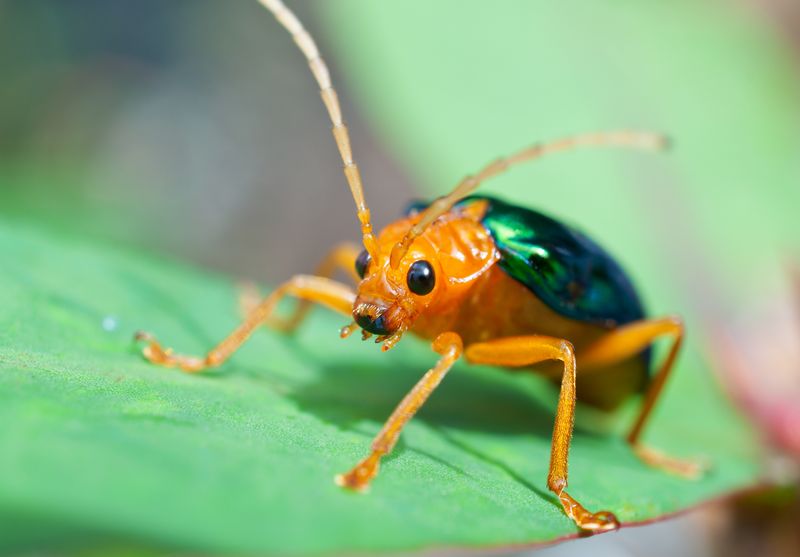
The bombardier beetle is nature’s own tiny chemical weapon, boasting a unique defense mechanism.
When threatened, it unleashes a boiling toxic spray from its abdomen, deterring predators with an explosive reaction.
This remarkable ability is a testament to its innovative survival strategy. By storing chemicals separately and mixing them when needed, these beetles avoid self-harm.
It’s a sophisticated form of defense in the insect world. Their explosive talent ensures they remain a formidable foe.
7. Opossums
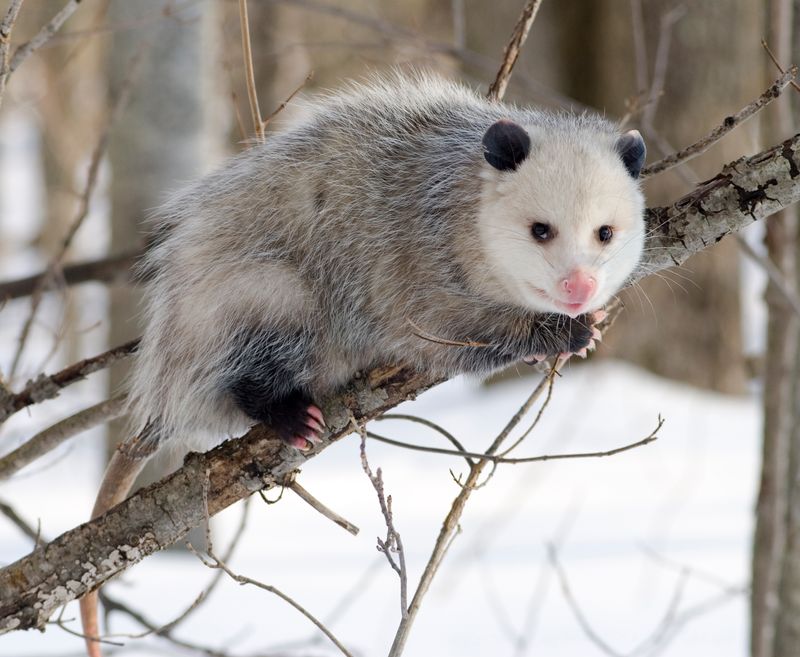
In the world of survival tactics, opossums stand out with their theatrical flair. When threatened, they enter a state called thanatosis, convincingly playing dead to fool predators.
This act is so convincing that it deters even the most persistent threats. By emitting a foul odor, they enhance the illusion, making themselves an unappealing meal.
This clever trick ensures their survival in a dangerous world. Opossums are true masters of deception, turning a predator’s meal into a missed opportunity.
8. Emperor Penguins
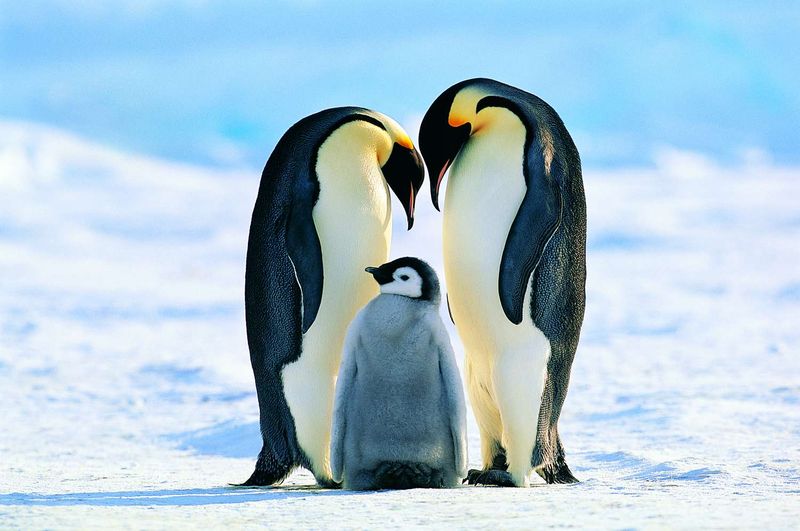
In the frigid expanse of Antarctica, emperor penguins are the ultimate team players. Male penguins incubate their eggs through brutal winters without food, a Herculean task.
Their cooperative huddling behavior keeps them warm against punishing winds. This extraordinary teamwork is vital for survival in such an extreme climate.
By rotating positions within the huddle, each penguin gets a turn in the warmer center. It’s a fine example of social cooperation in the animal kingdom, ensuring the next generation survives.
9. Naked Mole Rats
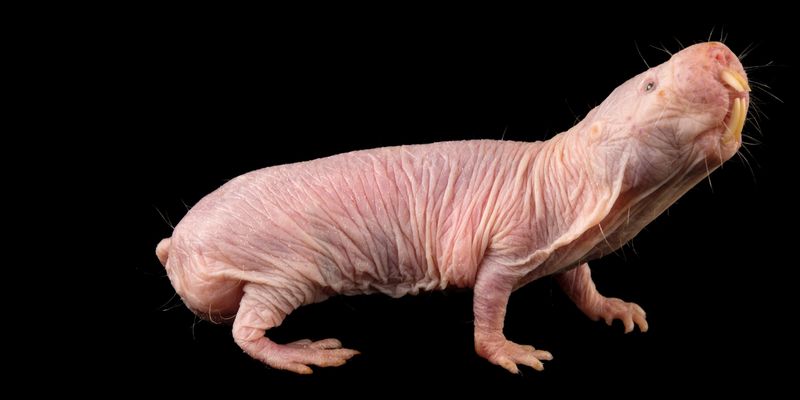
Naked mole rats are uniquely adapted to life underground, thriving in low-oxygen environments. These hairless rodents exhibit a plant-like metabolism to survive when oxygen is scarce.
Their cooperative colony structure supports survival in harsh conditions. By living in large groups, they ensure warmth and protect against predators.
Their ability to survive with minimal oxygen is an evolutionary marvel. Naked mole rats have turned subterranean living into a thriving existence, defying conventional mammalian norms.
10. African Lungfish
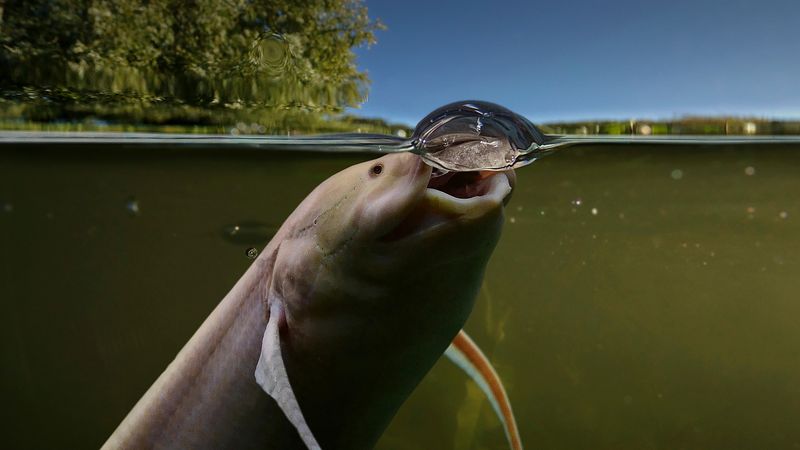
In the face of drought, the African lungfish has a secret weapon: hibernation. These fish can survive for years in a dormant state, encased in a cocoon of mud.
When the rains return, they awaken to a revived world. This survival technique allows them to thrive in unpredictable climates.
By slowing their metabolism, they preserve energy until conditions improve. The African lungfish’s ability to endure long dry spells is a remarkable testament to its adaptability.
11. Arctic Ground Squirrels
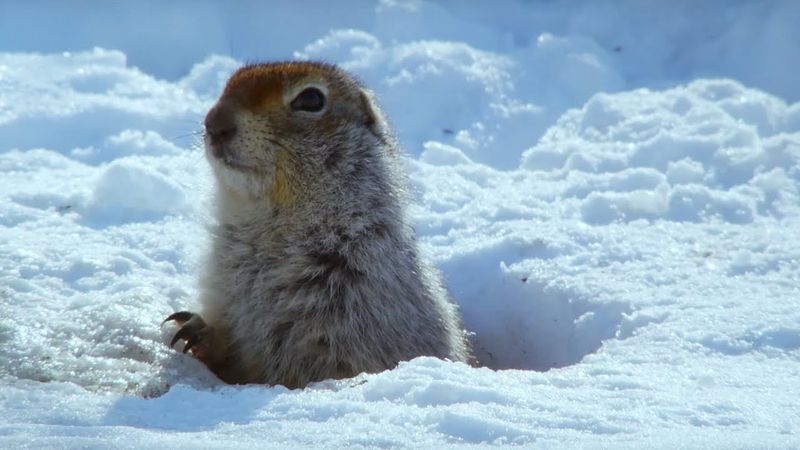
Arctic ground squirrels are true champions of the cold, mastering the art of hibernation. By lowering their body temperature below freezing, they survive extreme winters in a state of suspended animation.
This adaptation minimizes energy expenditure during the harshest months. These squirrels are among the few mammals capable of recovering from such deep hibernation.
Upon awakening, they emerge to a new season, ready to thrive. Their ability to hibernate so profoundly is a wonder of nature.
12. Striped-Faced Dunnarts
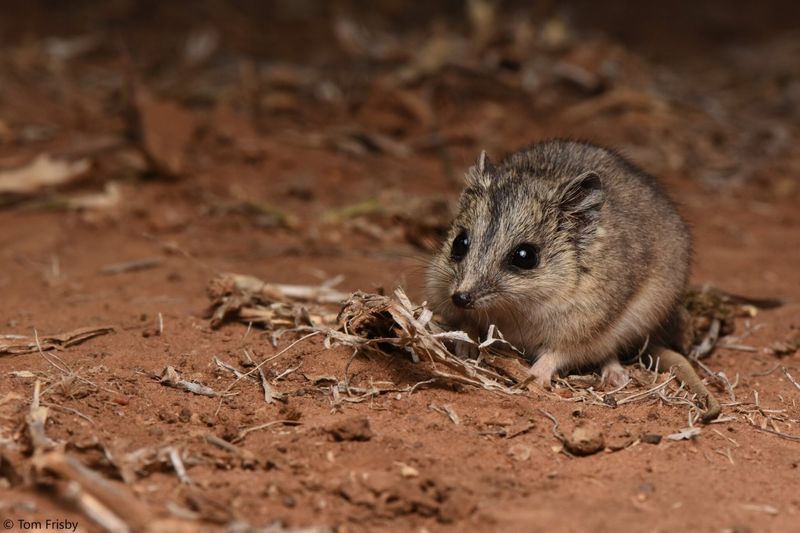
In the arid expanses of Australia, the striped-faced dunnart employs a clever survival trick. By entering torpor, it conserves energy during harsh conditions.
This small marsupial reduces its metabolic rate to withstand the challenging environment. It’s a brilliant example of energy conservation.
The dunnart’s ability to adjust its physiology is crucial for survival in the outback. With limited food and water resources, this strategy ensures its continued existence in a relentless climate.
13. Camel
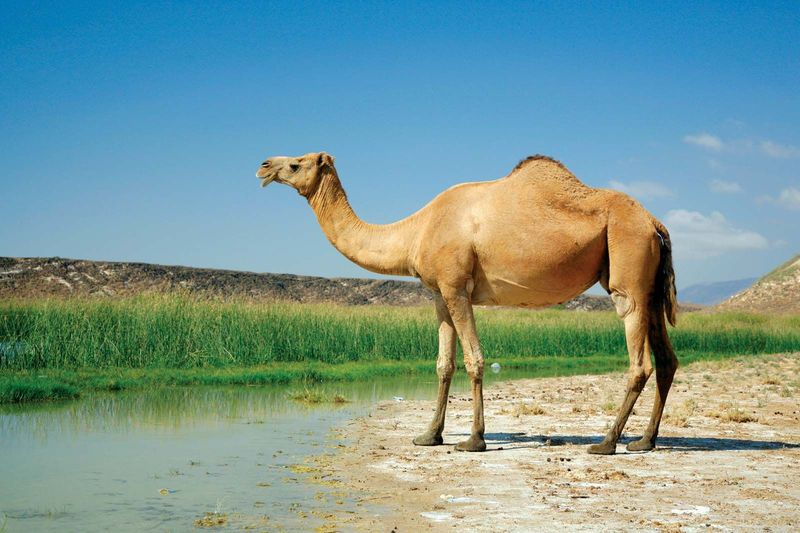
Camels are iconic desert survivors, perfectly adapted to withstand the harsh conditions of arid landscapes. Their humps store fat, which can be converted into water and energy when needed.
This adaptation allows them to go days without drinking. Camels are equipped with specialized kidneys that conserve water, producing minimal urine.
Their ability to withstand extreme temperatures and sandstorms is legendary. These majestic creatures epitomize endurance, making them the ultimate symbols of survival in the desert.

